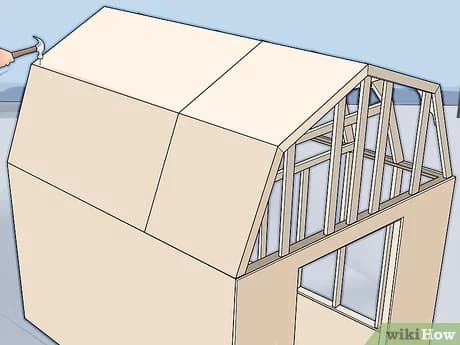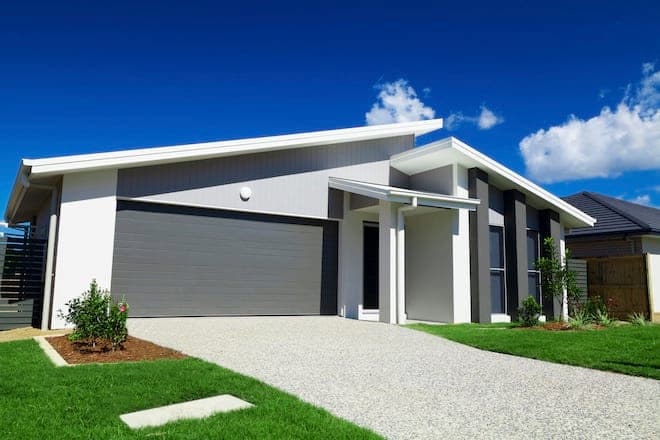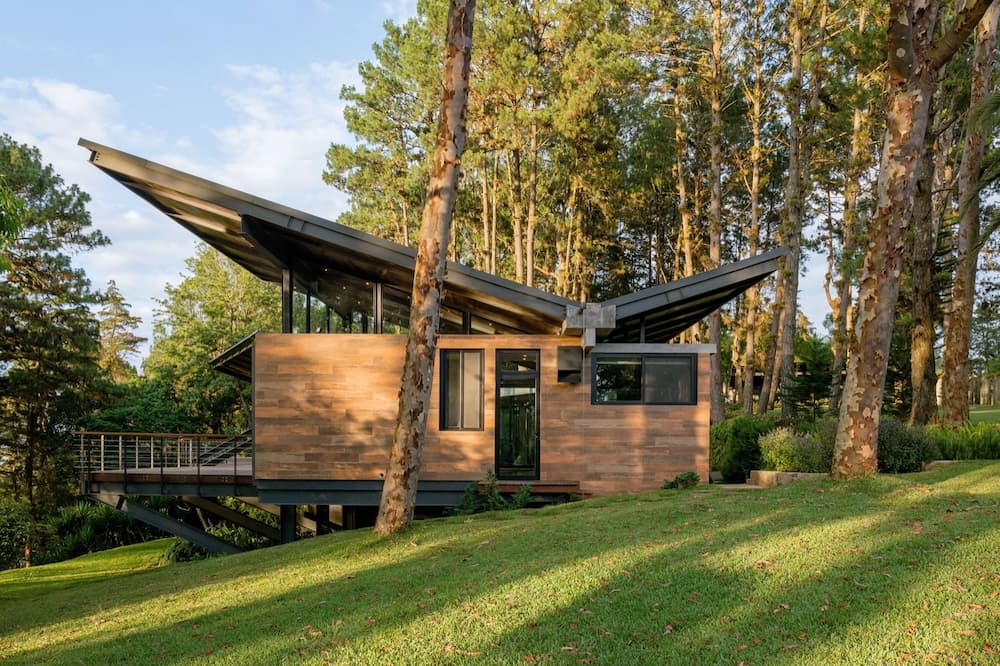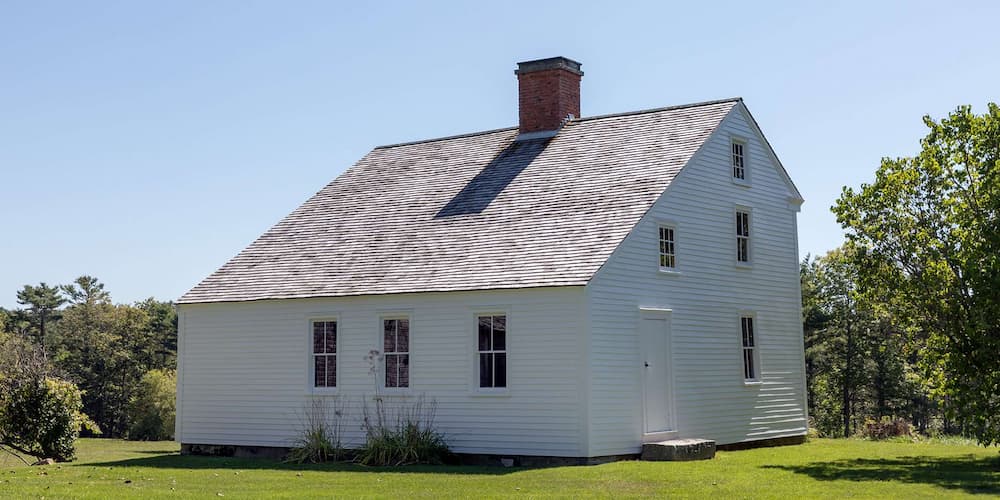7 Popular Roof Types & Styles
The roof types adorning our homes have more than just an aesthetic purpose. Some designs are meant to jetty water and snow back down to the ground, while others are crafted with more durability and strength in mind. In any case, the style of your roof will impact its overall appearance and even how long it will last. Listed below are some of the most common roof styles found in shingle roofing.
Gable Roofs
Gable roofs are one of the most common designs, likely the design that pops into our heads when we think of a roof type. A standard triangle shape plopped over top of a home’s existing walls.

This design is easy to customize on a home-to-home basis, allowing for the addition of overhangs and window coverings. The equal sloping of this roof style makes it an excellent choice for wet and snowy climates. The tall slopes allow for improved ventilation and heat efficiency within the home and even offer more living space within the attic if owners feel inclined.
Hip Roofs
This roof style is created by the conjoining of four equal slopes at a center ridge. The angle of the slope is a bit gentler than some other styles, but it is steep enough to make your shingles quite visible.

The boxier style of hip roofs makes them more durable, especially in a wind and extreme weather sense. And because hip roofs still have a good slant, snow and rain flow right off without leaving pools of water behind.
Gambrel Roofs
Gambrel roofs are what we picture as barn roofs. They have two sloping sides and two flat sides. The sloped sides are comprised of two slopes, the top slope being low and gentle and the bottom very steep. The merging of these two slopes creates an arch shape, which is capped off on either end by the two flat sides of the home.

The steep slopes offer more living space and ventilation within the home, as well as being excellent for getting rid of snow and rainwater. The build of these roofs is simpler than some others, lowering costs.
Flat Roofs
As expected, flat roofs are almost completely flat. This style is more common to see on industrial buildings, but the added space and efficiency it offers make the flat style popular with homeowners too. Flat roofs are built with a slight incline to keep water draining, but areas with heavy precipitation are not what this style is designed for. However, the added outdoor and patio space makes this style a tantalizing option.
Skillion Roofs
Skillion roofs, or shed roofs, are constructed like a lean-to with one high wall being the leaning point for the roof. There is one steep slope in this style, like a flat roof tilted up in one direction.

Though this style is more common to find adorning additions or cabins, it is becoming more and more popular due to its aesthetic appeal and cheaper costs. Skillion roofs don’t fare as well in high winds, but their continuous slope and pitch flexibility make them great for wetter climates.
Butterfly Roofs
A butterfly roof has the appearance of a butterfly mid-flight, with two panes sloping down into a center valley-a bit like an M shape. These interesting roof types offer impressive drainage capabilities due to the central valley, and a greater number of windows in upper stories.

More windows mean more natural light and heat, which makes heating bills a bit smaller in the winter. You’ll have to pay a little more than you would for a traditional roof, but this timeless style is worth it.
Saltbox Roofs
If space is a priority, saltbox roofs are a great way to go. Their original purpose was to optimize slope and design to give the most room inside, achieved by a gentle slope on one side and a steeper slope on the other. These slopes form an asymmetrical silhouette, offering more storage on each end.

The differing roof slopes make the saltbox design more durable than a standard gable roof, and better at deferring excess water and snow back to the ground. However, the complexities of this design drive up building costs and slightly affect the internal structure of the home.
If you’re interested in any of the roof types we’ve listed above, feel free to contact us for more information.

